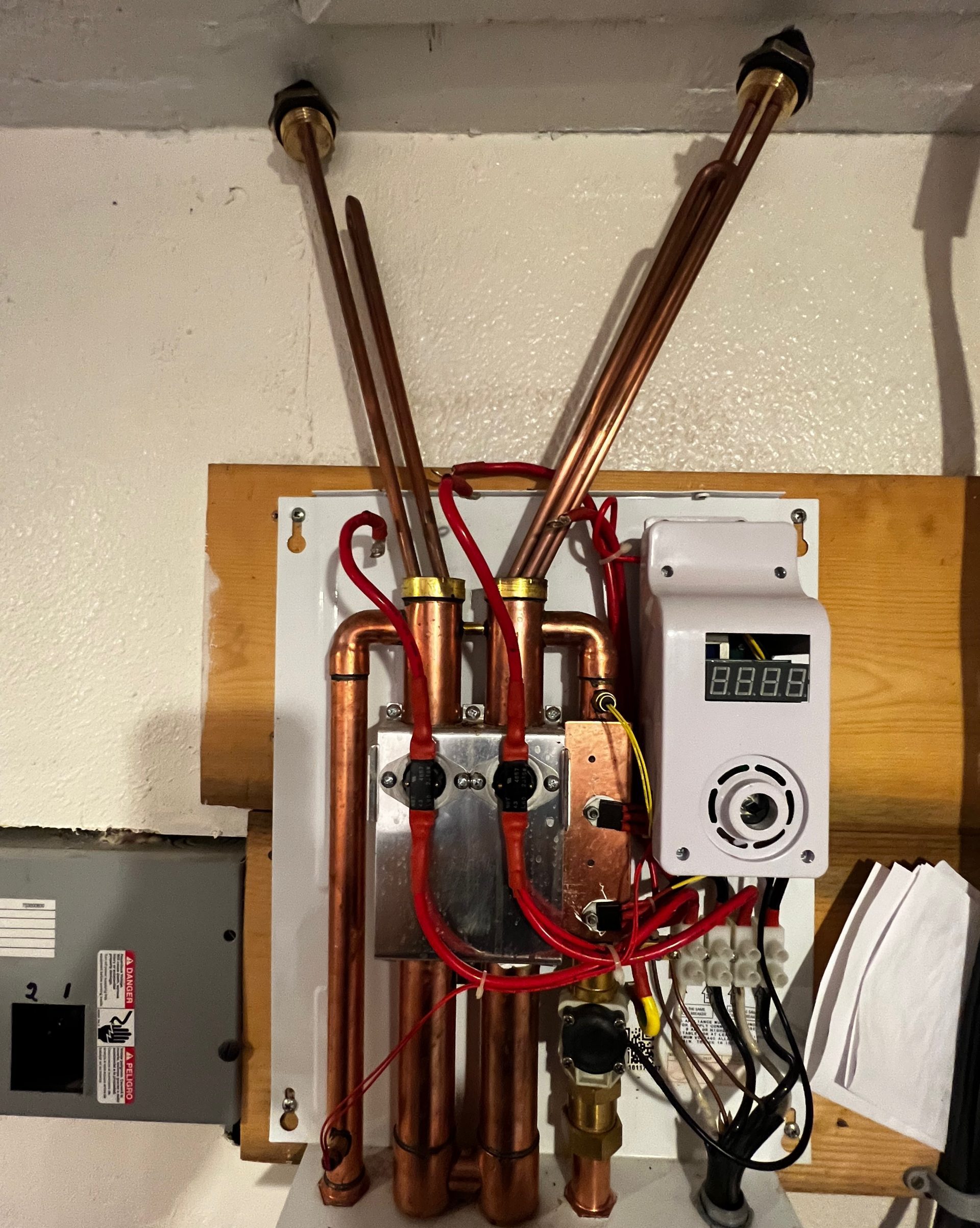How to Extend the Life of Your Home's Hot Water System Through MaintenanceTips on How to Keep Your Home's Hot Water System in Good Condition
How to Extend the Life of Your Home's Hot Water System Through MaintenanceTips on How to Keep Your Home's Hot Water System in Good Condition
Blog Article
What are your opinions regarding Tips on Maintaining a Water Heater?

Warm water is vital for daily convenience, whether it's for a refreshing shower or cleaning meals. To guarantee your hot water system runs effectively and lasts longer, normal upkeep is essential. This write-up offers sensible ideas and insights on exactly how to maintain your home's warm water system to avoid interruptions and costly repair services.
Introduction
Maintaining your home's warm water system might appear challenging, yet with a couple of simple actions, you can ensure it operates efficiently for several years to come. This guide covers everything from comprehending your warm water system to do it yourself maintenance suggestions and knowing when to contact expert aid.
Importance of Preserving Your Warm Water System
Routine upkeep not just prolongs the life-span of your warm water system yet also ensures it operates effectively. Ignoring upkeep can lead to decreased efficiency, greater power bills, and even premature failure of the system.
Indications Your Hot Water System Needs Maintenance
Knowing when your hot water system needs attention can avoid major problems. Watch out for signs such as inconsistent water temperature, weird sounds from the heating system, or corroded water.
Recognizing Your Warm Water System
Prior to diving right into maintenance tasks, it's valuable to understand the basic components of your hot water system. Generally, this consists of the hot water heater itself, pipelines, anode poles, and temperature level controls.
Regular Monthly Maintenance Tasks
Regular monthly checks can help capture small concerns prior to they intensify.
Flushing the Water Heater
Flushing your water heater gets rid of debris build-up, enhancing effectiveness and extending its life.
Checking and Changing Anode Rods
Anode poles avoid corrosion inside the tank. Inspecting and changing them when broken is vital.
Evaluating and Readjusting Temperature Level Setups
Changing the temperature level settings ensures optimal efficiency and safety and security.
Do It Yourself Tips for Maintenance
You can perform numerous upkeep tasks yourself to keep your warm water system in leading problem.
Looking for Leaks
Frequently check pipes and connections for leaks, as these can lead to water damage and greater expenses.
Testing Stress Relief Valves
Testing the stress safety valve ensures it functions appropriately and stops excessive stress accumulation.
Insulating Pipelines
Protecting warm water pipes lowers warm loss and can save power.
When to Call a Specialist
While DIY maintenance is advantageous, some issues need specialist competence.
Facility Issues Calling For Specialist Assistance
Examples consist of major leaks, electric problems, or if your hot water heater is regularly underperforming.
Regular Specialist Maintenance Conveniences
Expert maintenance can consist of thorough evaluations, tune-ups, and making certain compliance with safety and security criteria.
Final thought
Normal maintenance of your home's warm water system is important for performance, longevity, and expense financial savings. By following these ideas and recognizing when to seek professional assistance, you can ensure a dependable supply of warm water without unexpected interruptions.
How to Maintain an Instant Hot Water Heater
Before tinkering with your hot water heater, make sure that it’s not powered on. You also have to turn off the main circuit breaker and shut off the main gas line to prevent accidents. Also turn off the water valves connected to your unit to prevent water from flowing into and out of the appliance. 2. When you’re done, you have to detach the purge valves’ caps. These look like the letter “T” and are situated on either side of the water valves. Doing so will release any pressure that has accumulated inside the valves while at the same time avoid hot water from shooting out and burning your skin. 3. When the purge valves’ caps are removed, you have to connect your hosing lines to the valves. Your unit should have come with three hoses but if it didn’t, you can purchase these things from any hardware or home repair shops. You can also get them from retail stores that sell water heating systems. Read the user’s manual and follow it to complete this task properly. When the hosing lines are connected, open the purge port’s valves. 4. You should never use harsh chemical cleaners or solutions when cleaning your unit. Make use of white vinegar instead. It should be undiluted and you’ll probably use about 2 gallons. 5. Now flush your water heater. This task should probably take about 40 minutes. We can’t give you specific directions for this because the procedure is carried out depending on the type, model and brand of your heater. With that being said, refer to the user’s manual. 6. When you’re done draining the unit, you have to turn off the purge port valves again. Remove the hosing lines that you earlier installed on each of the water valves. Put the valve caps (purge port) back in their respective places and be very careful so as not to damage the rubber discs that are found inside these caps. 7. Now that everything’s back in place, check your user’s manual again to find out how to reactivate your water heating system. 8. Once it is working, turn one of your hot water faucets on just to let air pass through the heater’s water supply pipes. Leave the tap on until water flows smoothly out of it. https://www.orrplumbing.com/blog/2014/september/how-to-maintain-an-instant-hot-water-heater/

I found that entry about What Kind of Maintenance Do Water Heaters Need? when doing a search on the search engines. Loved our blog? Please share it. Help someone else locate it. Thanks for being here. Come back soon.
Schedule Your Service Report this page